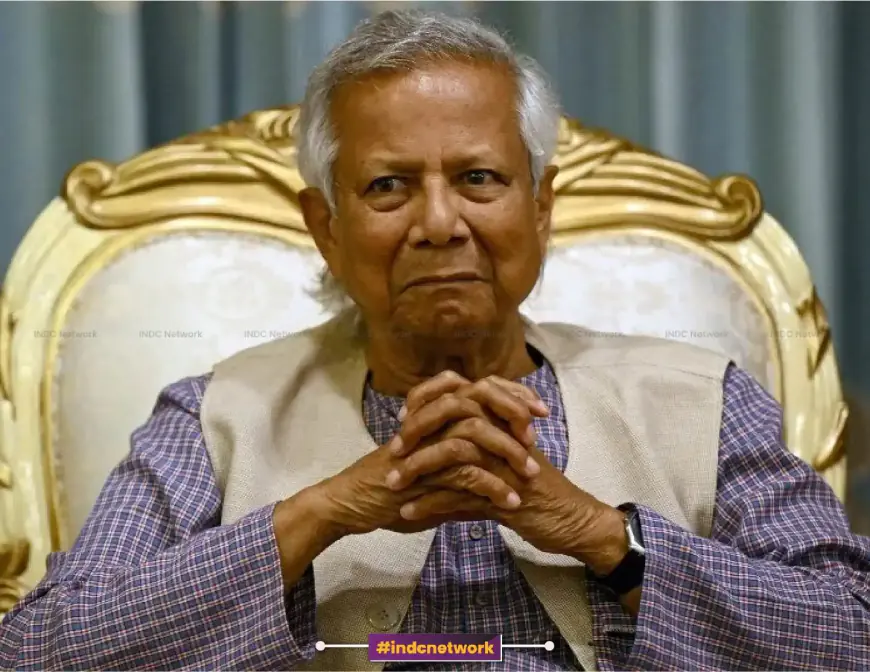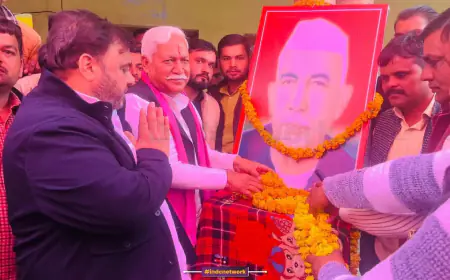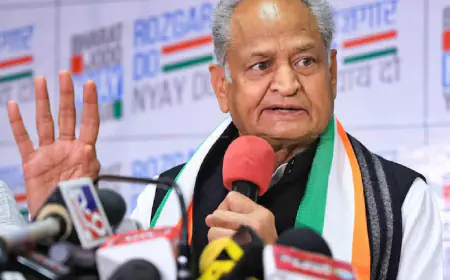Muhammad Yunus and Grameen Bank: How Microfinance Changed the World Forever
Muhammad Yunus, a visionary economist and Nobel Peace Prize laureate, pioneered the concept of microfinance through Grameen Bank. By offering small loans to impoverished individuals, especially women, he helped lift millions out of poverty. Yunus’ innovative approach to social entrepreneurship revolutionized the financial system and inspired the global microfinance movement. This article explores Yunus' journey, Grameen Bank's impact, and the continued importance of microfinance in alleviating poverty.

INDC Network : Biography : Introduction: The Visionary Behind Grameen Bank - Muhammad Yunus
In the 1970s, as a young economics professor, Muhammad Yunus noticed something troubling about the poverty in his homeland of Bangladesh. Traditional financial institutions were not catering to the needs of the poor, especially women. Banks were reluctant to lend to individuals without collateral or formal credit histories. At the time, it seemed impossible for impoverished individuals to access financial resources, which left them trapped in a cycle of poverty.
In response to this glaring issue, Yunus devised a groundbreaking solution: microfinance. This idea would eventually become the foundation for Grameen Bank, a revolutionary institution designed to provide small loans to the poorest individuals, particularly women, to help them build businesses and achieve financial independence.
Muhammad Yunus and the Birth of Grameen Bank
Muhammad Yunus' journey toward creating Grameen Bank began in 1976 when he was teaching at Chittagong University in Bangladesh. One day, Yunus visited a nearby village and noticed the abject poverty people were living in. He discovered that even small sums of money were enough to help people start businesses and improve their livelihoods. However, the people had no access to loans from traditional banks.
Yunus began experimenting with small loans, lending a total of $27 of his own money to 42 people in the village, mostly women. These were small amounts—about $0.25 to $1 each—but they enabled the borrowers to start small businesses, such as weaving baskets or making handicrafts. Remarkably, all the loans were repaid, and Yunus realized that lending small amounts of money to the poor without the requirement for collateral was a viable and effective solution.
In 1983, Yunus formalized his experiment by founding Grameen Bank. The bank’s model was designed to offer microloans to individuals with no access to conventional banking, focusing primarily on women. The bank’s goal was not just to provide financial support but to empower people, especially women, by giving them the resources to improve their living conditions.
The Core Principles of Grameen Bank
Grameen Bank was founded on several key principles that set it apart from traditional banking systems:
-
Small Loans, No Collateral: Grameen Bank offered small loans, often as little as $20 to $50, with no requirement for collateral. This allowed individuals, often women, to start businesses and improve their lives without the barriers set by traditional banks.
-
Empowering Women: Grameen Bank focused on lending to women, who were often marginalized and excluded from formal financial systems. Yunus believed that empowering women through access to financial resources would have a ripple effect on entire communities.
-
Group Lending: Grameen Bank used a group lending model, where small groups of borrowers would guarantee each other’s loans. This peer pressure and solidarity ensured high repayment rates and minimized defaults.
-
Focus on Social Goals, Not Profit: The aim of Grameen Bank was not to make large profits but to alleviate poverty and promote social welfare. The bank’s low-interest rates were designed to make loans accessible to those in need, without imposing exorbitant costs.
-
Sustainable Development: Grameen Bank's goal was not just to provide financial relief but to promote long-term sustainable development through the creation of businesses and job opportunities.
-
Repayment Focus: Grameen Bank established a system of weekly repayments, which helped instill a sense of responsibility and discipline among borrowers. The system was designed to be manageable, allowing borrowers to pay small amounts regularly rather than large lump sums.
Impact of Grameen Bank and Microfinance
Grameen Bank’s impact has been profound, both in Bangladesh and around the world. Over the years, the bank has provided millions of microloans to individuals in need, especially women, empowering them to improve their lives and their communities.
Key Impact Areas:
-
Poverty Alleviation:
Microfinance, through Grameen Bank, has played a significant role in poverty reduction in Bangladesh and other developing countries. By offering small loans to the poorest individuals, the bank has helped lift millions out of poverty. According to the Grameen Foundation, Grameen Bank has disbursed over $24 billion in loans, benefiting more than 9 million people worldwide. -
Empowering Women:
One of the most significant achievements of Grameen Bank is its focus on empowering women. The majority of its borrowers are women, and studies have shown that when women are given access to financial resources, they are more likely to invest in their families’ health, education, and well-being, leading to long-term societal improvements. -
Economic Growth:
Microfinance has contributed to local economic growth by enabling individuals to start businesses, create jobs, and generate income. Grameen Bank has helped to foster entrepreneurship among the poor, allowing them to create sustainable businesses and contribute to the economy. -
Global Influence:
Grameen Bank’s success has inspired the creation of microfinance institutions around the world. The model has been replicated in many countries, including India, Africa, and Latin America, with organizations like Kiva and Accion using similar approaches to provide microloans to underserved communities. -
Innovation in Financial Services:
Grameen Bank introduced innovative financial products such as micro-insurance and micro-savings accounts for the poor, which further helped individuals manage their risks and secure their futures.
The Legacy of Muhammad Yunus and Grameen Bank
In recognition of his groundbreaking work, Muhammad Yunus was awarded the Nobel Peace Prize in 2006, alongside Grameen Bank, for their efforts to create economic and social development from below. Yunus has since become a global advocate for social business and microfinance, working with governments, NGOs, and businesses to promote social entrepreneurship.
Despite facing challenges, including political opposition and criticism of the sustainability of the microfinance model, Yunus’ contributions have changed the way we think about poverty and development. His work has led to the rise of social businesses that focus on solving problems rather than maximizing profits, opening the door for future innovations in the financial sector.
Challenges and Criticism
While Grameen Bank’s success is undeniable, it has not been without its challenges. Critics have raised concerns about the potential for over-indebtedness among borrowers, particularly in countries where microfinance institutions have rapidly expanded without proper regulation. Others have questioned whether microloans alone can address the root causes of poverty or whether they risk creating dependency.
Nevertheless, Yunus and Grameen Bank continue to adapt and evolve, responding to these challenges by refining their lending practices and focusing on the sustainability of their operations.
The Enduring Influence of Muhammad Yunus
Muhammad Yunus’ creation of Grameen Bank has had a lasting impact on the world, revolutionizing the way we think about poverty, finance, and social entrepreneurship. Through microfinance, Yunus has proven that even the smallest amounts of capital can be transformative, enabling individuals to build better lives for themselves and their families.
As the world faces new challenges, Yunus’ work remains as relevant as ever, showing that innovation and compassion can go hand-in-hand to create lasting change. His legacy continues to inspire individuals, organizations, and governments to explore new ways of tackling poverty and building a more equitable world.
What's Your Reaction?













































































































































































